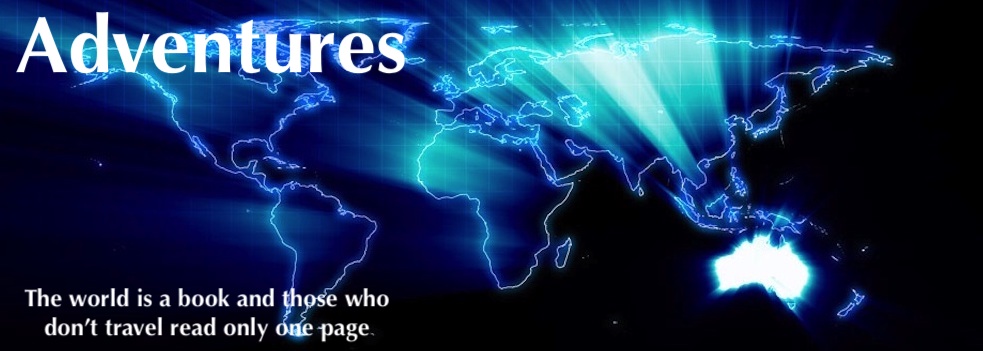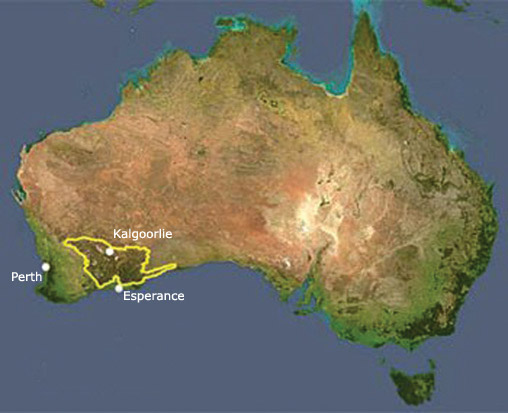The Great Western Woodlands is an internationally significant area of great biological richness.
It is the largest remaining area of intact Mediterranean climate woodland left on Earth – comparable to Africa’s Serengeti.
Covering almost 16 million hectares – about the same size as England – it is a continuous band of generally eucalypt woodlands (as opposed to forest) and heathlands interspersed with salt lakes, granite outcrops and in the north-west, banded ironstone formations ranges. It stretches from the edge of the Wheatbelt to the Eastern Goldfields and pastoral rangelands to the north, the inland deserts to the north-east (mulga dominated) and the treeless Nullarbor Plain to the east. It includes the higher rainfall coastal heath to the south east, and agricultural land to the west and south. It connects the south-west corner of Australia to the inland deserts.
The Wilderness Society published a very informative Report on this ecological treasure titled The Extraordinary Nature of the Great Western Woodlands and continue to work for its health and preservation.
- Extent of the Great Western Woodlands.
More than 20% of Australia’s native plant species and 20% of Australia’s eucalyptus species exist here.
A community of animal species threatened elsewhere in Australia find a unique haven in the Great Western Woodland. These woodlands provide a refuge for many threatened wildlife species found nowhere else on the planet.
The Great Western Woodlands provides a home for numerous bird communities that have been in decline in many parts of Australia as a direct result of habitat destruction and fragmentation. It is home to 33% of WA’s birds and 18% of Australia’s birds according to a Birdlife Australia survey of the Woodlands’ bird population from 2012 to 2014.
The Great Western Woodlands is a largely intact ecosystem predominantly located on public lands. Poor fire management, feral animals, weed encroachment, and human activities including road construction and mining, are all threats to to the Woodlands.
“The Great Western Woodlands forms an area of global mega-diversity and supports some of the world’s most unique and vulnerable ecosystems.”
© Kim Epton 2015-2024
368 words, one image.
Feel free to use any part of this document but please do the right thing and give attribution to adventures.net.au. It will enhance the SEO of your website/blog and Adventures.
See Terms of Use.

